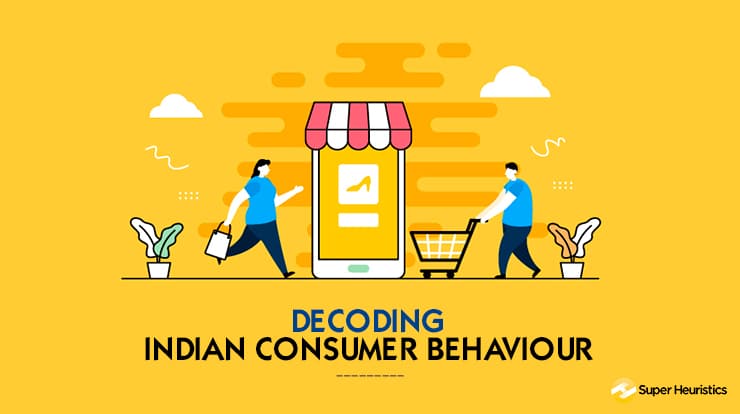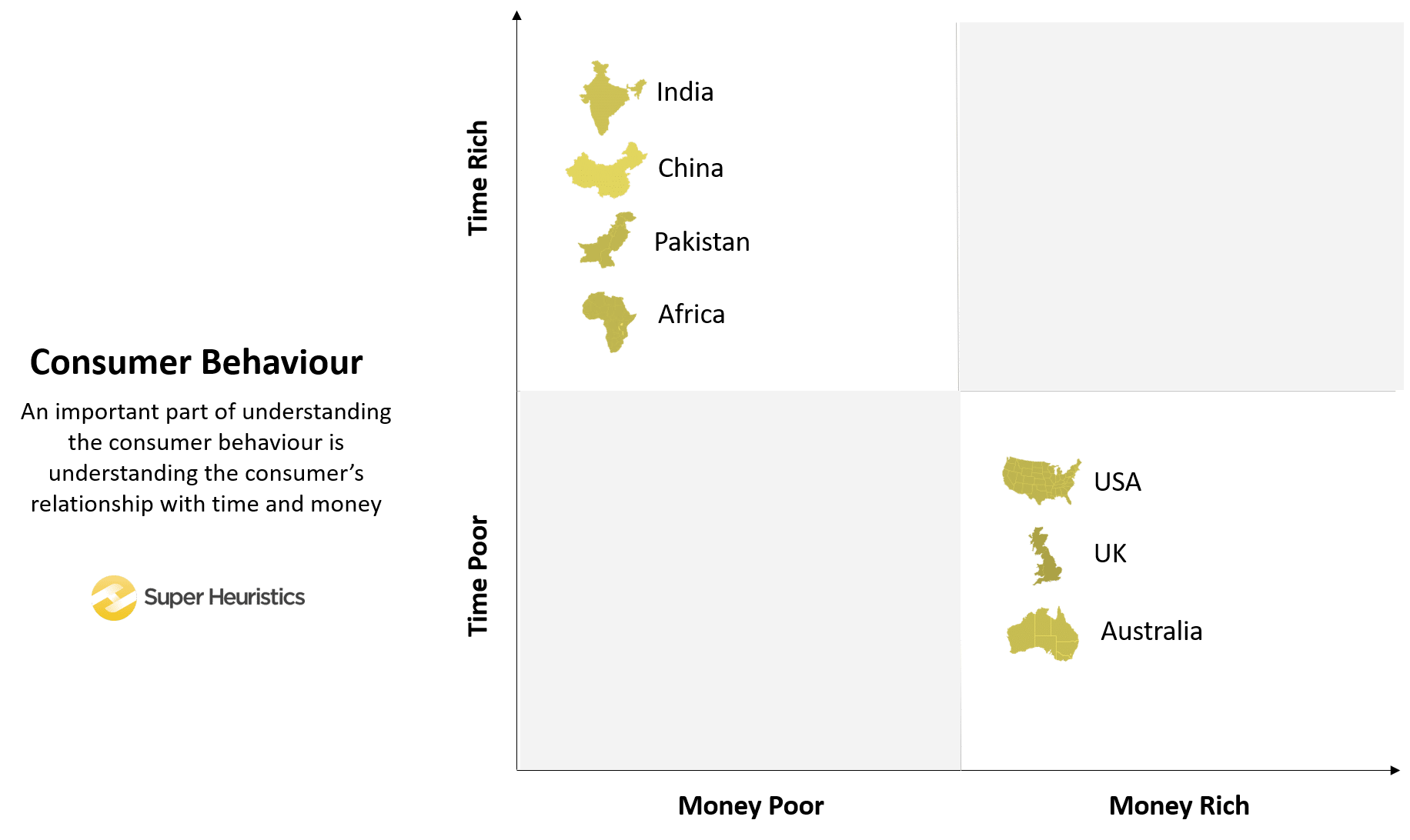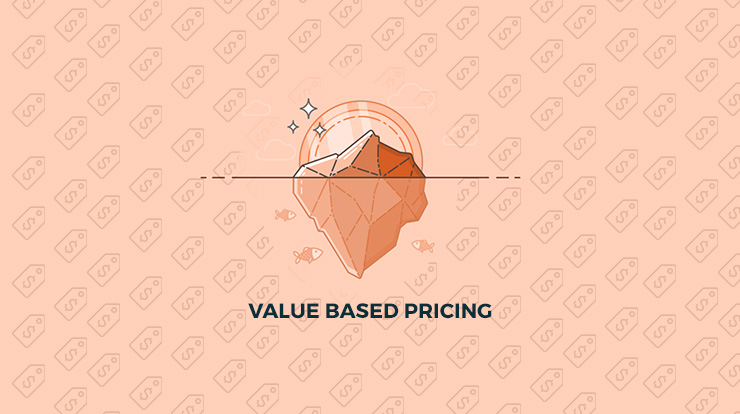
Here’s the thing about the consumer behaviour in India. Its trends and patterns are mostly driven by the Indian Middle Class. The habits of the India Middle Class are truly representative of the buying of the Indian consumers. It would also give you the most accurate picture of the spending behaviour in India.
But, my question is to you right now - do you belong to the Indian Middle class?
Let me ask you this. How many of us own an Android phone? And how many of us have an iPhone? The ratio is definitely going to be in favour of Android phones. But then, how many of you have an Android phone with a prepaid connection?
Extremely few. But as it turns out upwards of 90% Indians have a prepaid connection!
Then what makes you think that your electives and textbooks on Consumer Behaviour are going to make you any bit empathetic towards a person whose prepaid balance runs out while watching YouTube?
In the last one year, how many of us booked movie tickets offline, over the counter at the cinema hall? There would be few of us who did that.
But guess what, online sales of tickets only account for 10-12% of the total movie ticket sales in India. No wonder PVR still bothers to print those pamphlets that you see at the box office! That is the point of sale for 90% of their business!
Now just imagine, if a business problem were thrown at you to create a solution to improve the ticketing experience, won’t you have thought about a super powerful and user-friendly app?
The fact is your audience doesn’t even care about the app. If this were a competitive B-school case competition then you would’ve imagined that you have totally rocked the case study, but in reality, it doesn’t mean a thing for the company.
Having said all of this, what makes you think that you as a marketer are representative of the general mass of people that you are trying to communicate with in your campaigns?
Here’s what the reality is. If you wish to become a successful marketer then you definitely, most definitely, need to go much beyond any curriculum or any course that you are taking to learn Consumer Behaviour in India.
My purpose of writing this to you is to tell you that the Indian consumer behaviour is much more nuanced and contextual than you thought it is. And the objective is also to tell you what do Indian consumers want.
So, here we go.
Indian Consumers and Why You Know Nothing About Them
My question to you again is - do you belong to the Indian Middle class? I can’t see you right now, but it would be great if we could do a symbolical show of hands.
If your hand is raised up right now, you need to check again whether you are truly middle class or not. Here’s how. If you:
Are in a family of 4 which can rent a 2 bedroom apartment in a Tier-2 city.
Buy and maintain a car such as Hyundai i10.
Watch a movie in multiplex once a month and eat out at average restaurants.
Dream to own an apartment but cannot.
Go for vacation once a year to Goa etc.
Can buy branded clothes but not expensive electronics such as big tv or expensive cellphones. Manage to save enough to do impulsive buying every now and then.
Have an annual family income is anywhere above ~₹11,50,000
Then let the economists and statisticians tell you, you are not the classic middle class of India!
You, in fact, happen to be among the rich. Then how could you as the elite few in the top B-schools of India, soon going to be at the helm of marketing at some top brands, empathize with the real Indian middle class consumer?
Here’s the thing. I too have been guilty of thinking that I represent the middle class of India. Let me take you back to 2018, in the dining hall of the Indian Institute of Management (IIM), Udaipur.
It was towards the end of my second year of MBA. One fine evening, during one of ‘what-else-do-we-talk-about-now’ conversations over tea, a friend of mine mentioned how he wanted to significantly curtail his mobile phone bill. That’s a usual in the second year when you are much more free as compared to the last few months of your life.
I didn’t know what his current bill amount was at. But I was quick to offer a suggestion that revealed a little too much about me.
“Why don’t you go for this Airtel postpaid plan that I have? It’s kind of cheap. You would pay only some ₹700 per month inclusive of all calls, SMSs and data up till a certain limit”.
The two of them, whom I was talking to, looked at me for a couple of seconds in shock.
“₹700 per month is cheap??”
“Umm, what’s your bill amount currently?”, I asked.
“I am pegging at ₹400 and that’s already too much usage for my pocket!”
There. Right there was a classic example of how misplaced the price sensitivity of a person can be who also happens to run a marketing blog that you are reading. But this was also a moment of learning which has stayed with me since then.
Indian Culture and Consumer Behaviour
The reason for this discussion is one of Ankur Warikoo’s speech at EngageMint in Bangalore that gripped me for the points he mentions. That speech lays the perfect foundation for understanding consumer behaviour - not just the consumer behavior in India but in any context.
To understand consumer behaviour in any context, the two things that you need to look at is what is the relationship of the consumer with time and with money. When both these relationships are understood in conjunction, it will tell you all about their buying behaviour.
Think of it as a matrix like this where a group of consumers could either be time rich & money poor or time poor & money rich.

When broadly looked at, a country like India continues to be a time rich & money poor country. Whereas, a country like the USA is a time poor but money rich country.
This made complete sense to me when I realize how my dad prefers travelling to a shop much farther from my house because it sells goods at wholesale rates, instead of buying stuff from the shop next door, which obviously sells it at the MRP and is more convenient to buy from.
This also makes sense as to why we could endlessly window shop and make buying decisions after considering a dozen options.
A time poor and money rich country like the USA, or even Dubai, believes in making more time by paying money for their convenience. I know this personally because I have most of my American clients, to whom I provide business consulting, pay me money, what we in India would consider too much, for something that we in the Indian context would consider hardly a job to be paid for.
Therefore, as a marketer it is a must for you to know where your consumers lie on this matrix. That defines almost everything about their buying and spending behaviour.
Consumer Behaviour in India and the Trust Deficit
A significant dimension of human trait that significantly impacts a business across product, sales and marketing is Trust. Consumer Behaviour in India is greatly driven by the fact that consumers in India operate at a low trust level generally.
A great deal found on an eCommerce store could be only so great as there is got to be a catch somewhere, is what we would presume.
A particular seller could be an extremely unreliable one and could offer us fake products is also a common concern that emanates from frequent incidents of getting duped from dishonest businessmen.
The trust deficit in the consumer behaviour in India or in any geographical context usually arises from the following three experiences:
- Family Conditioning: We have been taught since forever that money and success are zero-sum games. If someone is making money, you are definitely going to be the loser and the disadvantaged. That makes us defensive about anything good that comes by.
- Previous Experiences: We could become more careful about our next experiences based on what we have learned from our past experiences. A bad experience on, say, an eCommerce store can significantly impact our behaviour towards even a superb deal at a much more reliable eCommerce store.
- Laws and Regulations: This is when you as a consumer know that the laws and regulations of your country are not strict enough or when you generally have a lower faith in the consumer grievance redressal system of your country. In such a scenario, you know that piracy, counterfeit products and sub-standard quality does prevail in society. And due to the lack of a system that saves you from this, you are left to be your own saviour from these evil market forces.
You clearly know where India is positioned in each of these three parameters that develop trust. Therefore, influencing buying behaviour in India at any level of society is not just about going out and applying learned consumer behaviour frameworks. It's clearly a matter of hardwork where winning trust is supreme.
[Case Study] How To Win In a Trust Deficit Consumer Environment?
To what may sound as the antithesis of a trust deficit, the victory lies in how well you as a brand can put an irrational and unreasonable amount of trust on your consumers. How can you overwhelm them with trust which they are not habitual to receive from anyone - is what your pursuit should be.

Warikoo narrates in his talk at EngageMint an extremely powerful use case of how trusting someone in a trust deficient environment can just blow their minds and make you a victor.
He talks about how one of his entrepreneur friends and CEO of a company was struggling with the poor show-up rates of the engineers they used to hire. Which means that from the time when the job offer was confirmed to an engineer to the time when they actually had to join the company, the majority of them would drop-off and join elsewhere.
The engineers, as you would expect in a trust deficit environment, would go around the confirmed job offer from this company and negotiate better deals elsewhere, and eventually join them.
The CEO in question reverse engineered this problem and found a solution in reposing an extremely high amount of trust in these engineer hirees that fled around.
Here’s what he did. Everytime the confirmation letter was sent to a candidate, the company delivered a brand new MacBook laptop to the candidate’s house with a warm welcome note “We can’t wait for you to join”.
The new hirees lost their marbles, for the lack of a better phrase. Nobody had trusted them this much in their lives and suddenly they have a MacBook laptop with them even before the joining date!
There were often cases that the new hirees would call up the HR or mail them checking if the parcel had been incorrectly delivered to their place. It was hilarious as it was productive for the company, Warikoo commented.
[Case Study] Indian Use Case of Solving the Trust Deficit Problem
This definitely extends to any normal marketplace situation where the elements of trust can be put in by being extremely transparent about the product. To start with the benefits, communication and the pricing should definitely be transparent.
At the ed-tech company that I worked for, for the better part of my life, we had a Basic and the Pro version of a product which wasn’t necessarily named that way. The Pro version was definitely expensive and much more rewarding for the sales team if they sold that.
However, our sales team was, and I am sure it continues to be, transparent to anyone who was interested in the Pro version. The sales team was equipped with enough academic knowledge by the product team that I was heading so they can make an academic assessment of the prospect over the call.
This made sure that they could clearly tell the prospect that the Pro program was not for them if their basics of the subject matter weren’t up to the mark. They would simply be advised, almost forced, to relegate to the Basic version.
Downselling a customer like this clearly meant revenue lost for the company in one way, but it earned the trust of the customer so incredibly that future upsells were a cakewalk. People are habitual to hearing salesmen shamelessly selling to them over a phone call. Hearing a “No, I’m sorry this is not for you” was a big change.
Conclusion
Consumer Behaviour, in general, is much more nuanced than what you are taught or what you would formally learn anywhere. If your focus on learning consumer behaviour in India, or for that matter in any context, is not on experiential learning then you are at a loss and, as the title truly mentions, you know nothing about it.
To summarize the consumer behaviour in India, I would mention that you as a student of marketing need to start understanding the relationship of your consumer with their time and their money. That determines their overall buying behaviour. Secondly, it is crucial for you to understand the cultural and social nuances that operate in that milieu. In the Indian context, trust deficit comes across as one of the major factors.






